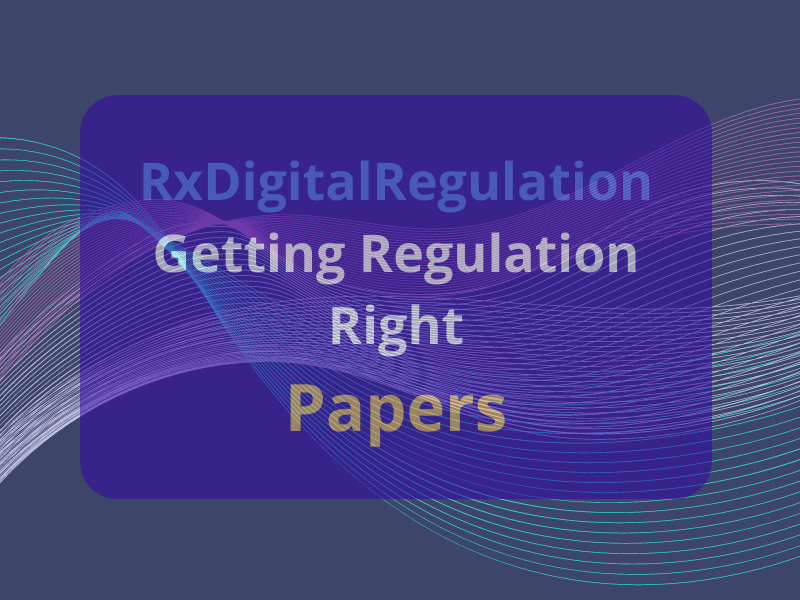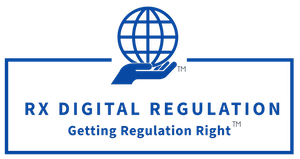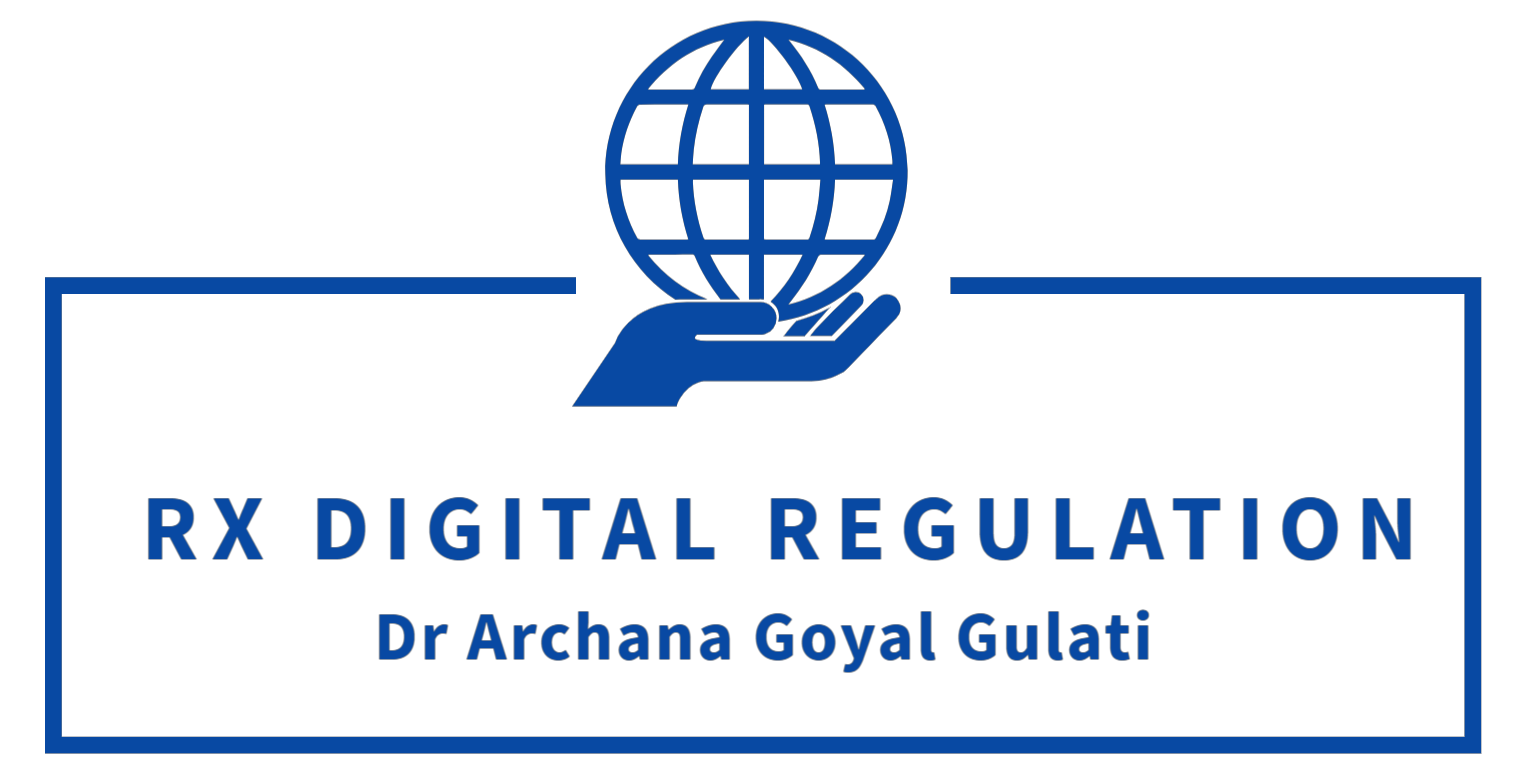
Good Governance in the Internet Age

Award Winning Case Study (III Prize), 2007 published in Case Method, Concept and Cases in Public Administration, Indian Institute of Public Administration, 2011, ISBN 81-86641-45-9
DOWNLOADS: 99
ABSTRACT VIEWS: 539
Abstract
The subject matter of this case study is the journey of a relatively newly set up Government Office as it transformed the nature of it’s interface with stake holders from the usual indifferent, disinterested and bureaucratic way to a proactive, dedicated and concerned one. From a situation of poor service provision, this office was able to create a scenario where all types of stakeholders were treated as valuable clients whose every need was anticipated and to whom every possible service was extended.
This remarkable transformation took place against various daunting odds including acute staff shortages, lack of infrastructure, borrowed office accommodation, borrowed and computer illiterate staff, died in wool exasperatingly bureaucratic attitudes etc. Through the use of internet the Controller of Communication Accounts Office of Haryana was able to:
* Reach out to effectively serve 6200 employees, 3630 pensioners spread over Haryana state. * Interface effectively with seven licensed telecom operators providing telecommunication services in Haryana service area including rural services under Universal Service Obligation Agreements entered into by them with the Department of Telecommunications. * Empower through education and information the rural population of Haryana so that they could genuinely benefit from subsidized telephone services.
In this successful experiment with e-Governance the author literally worked backwards in the sense of bringing about a complete turn around in office efficiency by putting the e-interface with stakeholders foremost. As Head of office the author doggedly insisted on e-enabling all services; using the internet as a tremendously powerful tool to proactively engage, educate and inform and update stakeholders. Unlike the usual stodgy government website, the site created in this case was equipped with simple but unusually appealing and innovative e-tools to encourage stakeholders to learn and help themselves.
The near tyrannical transparency created the desired glasshouse effect making it impossible for the office to hide any delays or inefficiencies forcing every member of its staff to put their house in order and to perform. Best of all the deluge of positive and interested responses from even illiterate stakeholders converted even stubborn babus from skeptics to believers in the power and sheer simplicity of a streamlined e-government office. One where it is natural to proactively serve stakeholders, where it is abnormal that any body would need to visit or even call us up because all information is online and can be accessed 24×7 from anywhere; where delays are unheard of, where complaints are a surprising rarity but appreciation is pleasurably frequent.
There were setbacks and the journey was neither easy nor smooth. Training staff in computer applications, automating office functioning and converting manual records were all up hill tasks. Changing staff attitudes and getting stakeholders on board was even tougher. Yet, today we are a proud and satisfied lot. Our Mission of good governance which was earlier a dream is a near reality.

